Saltwater fly fishing has been gaining popularity with both new anglers and seasoned anglers alike. Targeting your favorite saltwater species with a fly rod will help you see your saltwater fishing in a new, more intimate way, as it is the ultimate game of finesse and pursuit in the salt. At first, it seems rather complicated, but with some basic information, you will be able to get outfitted and begin your fly fishing journey. This basic guide is a major stepping stone to pursuing saltwater fly fishing with a simplified breakdown to help you equip yourself with the necessary gear and make the most of your time on the water!
A fly rod is a fishing tool that has strengths and weaknesses when compared to conventional fishing gear. Hunting with a bow and arrow is a good comparison to fishing with a fly rod. It is almost never the most effective method but it forces the sportsman to rely more on other skills to find success. Make no mistake, fly fishing is harder than fishing with bait or conventional lures in most scenarios.

Saltwater fly fisherman have to hone in their casting ability and learn how to spot and stealthily approach their target. The limited casting distance forces us to read large amounts of water and break them down into smaller sections that can be effectively fished with fly gear. It is the challenge and rewards offered by these limitations that make fly fishing so addictive for some.
The Basics
There are a number of differences between saltwater fly fishing and what most consider “conventional” methods of saltwater fishing. With conventional methods, the weight of the lure bends the rod during the cast and carries the line to the destination. In fly fishing, the opposite is true. The weight of the line bends the rod and carries the fly (lure) to the target.
Saltwater flies are essentially weightless compared to the lures used in conventional fishing. In fly fishing, it is the weight of the fly line that is cast and the nearly weightless fly that goes along for the ride. It might sound strange, but once you understand some basic casting fundamentals you will be on your way!
When most folks think of fly fishing, they almost always imagine winding freshwater rivers and wild trout. Although this is indeed the most recognizable form of fly fishing, it is just the tip of the iceberg in terms of what this sport has to offer. Saltwater fly fishing takes the fundamentals of the freshwater game while adapting to some of the biggest and baddest game fish. Similarly to conventional gear, saltwater fly gear is simply beefier than its freshwater counterpart. Rods are stiffer to cast heavier lines and fight bigger fish. Materials and components also have to withstand the wear and tear of the corrosive saltwater environment.
As with most gear-oriented pursuits you might be concerned about the cost of getting started. And while you can “go all in” there have never been more quality options and a range of price points than there is today. We can help you with selecting the right outfit for you and where you intend to fish.
Saltwater Fly Rods:

When selecting a rod for saltwater fly fishing, it needs to be able to cast heavier fly lines, beat the wind, and subdue large game fish. Most saltwater rods are 9 feet in length, but there are occasions where a shorter or longer rod does provide a fishing advantage. Shorter rods are generally more accurate than longer ones, something to consider if you are pitching flies into tight mangroves or other structure. Another characteristic of fly rods to consider is the action. Most saltwater fly rods are fast action — they load (bend) and dampen (return to straight) quickly — and are good for distance and for casting in windy conditions. Slow or moderate action fly rods typically lack the stiffness necessary for saltwater fly fishing.
If you have researched a bit already and have a background in conventional saltwater fishing, you are probably wondering what the different line weights mean. And if you come from trout fishing, you understand the numbering system; but likely don’t appreciate the length and stiffness of saltwater fly rods. As a frame of reference, smaller inshore species like sea trout, schoolie stripers, and bonefish would typically require a 7-8 weight. Most northeast saltwater species like bluefish, stripers, and false albacore require a 9 or a 10 weight. Larger game fish like tarpon, giant trevally, and small tuna require an 11 - 15 weight. Note the weight of the rod must match the weight of the line (referenced above) to load the rod and execute the cast efficiently. As you might expect, the heavier the line weight, the stiffer and heavier the rod.
In summary, for stripers and bluefish here in the northeast, a fly rod that is between an 8wt and a 10wt will be well suited for the job depending on the water you are fishing.
If you are thinking of picking up a saltwater fly rod, give us a call at the Saltwater Edge. You can talk to an experienced saltwater fly rodder who can help you with the selection process and make the most of your time on the water. You can view our current selection of fly rods here. Also be sure to watch our video on how to choose a saltwater fly rod to learn more.
Saltwater Fly Reels:

Saltwater fly reels are rather crude pieces of equipment when compared to modern spinning and conventional reels. A fly reel essentially does three things:
- Hold the fly line and backing when it is not in use
- Retrieve the fly line and backing
- Apply drag pressure when fighting a fish
In the freshwater fly fishing world, a high quality reel is a largely optional piece of gear and most emphasis is placed on the quality of the rod. The brute strength of saltwater species combined with the harsh conditions of the salt means that a quality reel is a must have.
When pairing a reel and a rod, proper balance is key. A heavy reel on a light rod will be a burden to cast. A small reel on a heavy rod will not have adequate capacity to hold the appropriate weight fly line. There’s the conundrum. Fortunately, there are some quality grab-and-go combinations that remove all the guesswork. If you are looking to pair your own rod and reel, you will want to hold them in person, or give Saltwater Edge a call to inquire about building a balanced combination.

Building a balanced reel and rod combo is essential
Anodization is another must have feature in a saltwater fly reel as the fishing environment is harsh on metal componentry. Most saltwater fly reels are made from aluminum because it is light and durable. Anodization is a chemical process that creates a coating on the surface of the fly reel which makes the metal more durable and resistant to scratches and dings. More importantly anodizing also increases corrosion resistance in the saltwater environment.
Another important consideration is finding a reel that has a sealed drag system. Your reel is going to take more than a few trips below the surface of the water and the best way to resist corrosion is by not letting the saltwater enter in the first place. Check out our selection of saltwater grade fly reels here. If you want to learn more, check out our video on how to choose a saltwater fly reel.
Saltwater Fly Line and Backing:

The fly line plays a critical role in the efficient transfer of the energy created by the fly rod down the fly line to the target. Without the proper fly line saltwater fly fishing will be a struggle. So job one is to select a line size that corresponds with your fly rod of choice.
During a proper fly cast, the rod will load and transfer its energy into the fly line. Once this energy transfer has occurred, the line is the only thing that will influence the accuracy and effectiveness of your presentation. Conventional monofilament or braided fishing line is an entirely expendable resource that can be cut and respooled at will. Conversely, the fly line is an essential part of the casting system that needs to be cared for and maintained to achieve maximum performance. A high quality fly line can last for years if it is properly maintained.
Aside from the weight of the fly line matching your rod. The depth of the water you’re fishing is the next most important factor behind picking out a line. Fly lines are available in a few different variations based on how they behave in the water. They are often abbreviated to a single letter with the most common variations being:
- F-Floating
- I-Intermediate
- S-Sinking
Floating lines are probably the type of fly line most people are familiar with. As the name implies, they float like a cork on the surface of the water and are easy to cast and handle. These lines are perfect when fishing skinny water for flats species like bonefish. The length of the leader and weight of the fly are the limiting factor in how deep of water you can effectively fish with a floating line. Generally water deeper than around 8 feet becomes too deep for bottom presentations with a floater and around 15 feet is the limit for effective mid-column presentations. Floating lines are the only way to effectively fish topwater patterns like poppers and crease flies in any water depth.
An intermediate line sinks slowly at 1.5 IPS (inches per second) and is the most versatile selection for most applications. While it sinks slowly it will help bring your fly down in the water column, and if stripped fast enough, you can fish it close to the surface. Intermediate lines are denser than floating lines and are easier to cast in wind.
These lines are able to effectively fish from just under the surface to around 15 feet deep. Unlike floating lines, they will help bring buoyant and unweighted flies to depth. By manipulating the weight of the flies you are using as well as your retrieve speed, you can fish a range of depths with just one line.
Flies can only be so heavy before casting becomes impractical and downright dangerous. So in order to get flies down in heavy current and deep water, the fly line has to sink. True sinking lines are categorized as anything that sinks faster than the 1.5ips of an intermediate line. These lines have sink rates from 3ips to 10ips with the most common being somewhere in the middle. Sinking lines are also great when throwing huge buoyant flies that need to be brought down into the strike zone. These lines are often given in grain weights that correspond to the following line weights.
Common Sinking Line Sizes
- 250gr - 7/8wt
- 300gr - 8/9wt
- 350gr - 9/10wt
- 400gr - 10/11wt
- 450gr - 11/12wt
Another factor in fly fine selection is the taper, particularly with floating and intermediate lines.A fly line taper is how the weight/thickness is spread over the length of the fly line.As this energy travels down the line, the speed is manipulated by the taper of the line. This can be hard to wrap your head around, but if you have ever considered how a whip works, you already understand fly casting.
A long gradual taper results in a smooth transfer of energy that allows for accurate and subtle presentations. For those reasons, these tapers are usually found on lines designed for shallow water flats fishing. Short aggressive tapers are able to dump energy quickly to turn over big flies and beat head winds.
Weight forward fly line is by far the most practical in saltwater. There is a good amount of variation in the tapers of different weight forward lines, and this has a large impact on their performance in different applications.
In weight forward lines, the majority of the weight is located in the front third of the fly line in an area known as the “head” of the line. The length of the head can vary as well as how quickly the line tapers down from the front and back of the head. A very popular taper profile in the saltwater world is a short aggressive head that can easily load up a fast action rod and cut through the wind with minimal false casting. These lines are often referred to as “shooting head” style lines and they are a great option for beginners and advanced casters alike. The tradeoff is that they are not appropriate for situations that require pinpoint accuracy and delicate presentation. Be sure to watch our video on how to choose a saltwater fly line to learn more about this important topic.

Enlarged view of a weight forward fly line
Before you spool up the fly line on your reel, you will need to add something called backing. Backing istypically made ofbraided nylon, and resembles braided fishing line more than fly line. It fills the space on the reel and allows you to fight fish if they run farther than the 100ft length of your fly line. Most reels can hold 150 to 200 yds of backing, which is plenty.
Lighter saltwater fly fishing outfits like 7 and 8 weight often use 20lb backing, and 9 and 10 weight use 30lb backing. Heavier fly outfits utilize some advanced materials and elaborate rigging that are beyond the scope of this article.
Terminal Tackle - Leader and Tippet:

Flies are attached to the fly line via a tapered leader and tippet. The leader is designed to continue the transfer of energy from the fly line down the leader to the fly. Just like in a fly line, different taper profiles in a leader are used for different applications.
It is entirely possible to geek out on leaders, but for now, stick with using pre-tied leaders. Pre-tied leaders have a perfection loop and just need to be attached to the welded loop of your chosen fly line. For most inshore saltwater applications, a 7 to 8 foot leader tapered to 16 lbs is fine. In shallow wading situations, a longer 9 ft leader tapered to 12 lb is preferred as it keeps the fly line further from the fish to avoid spooking it.
The tippet is the last piece in the tackle system that presents the fly to the fish. The tippet is the portion of line that you replace if it becomes nicked or you break off your fly for whatever reason. Tippet comes in spools based on pound test. The tippet should be equal to or less than the pound test of your leader in order to create a smooth energy transfer.
Be aware there are two common types of monofilament leader and tippet material. Nylon which is less expensive, has some stretch and is easier to tie good knots with. The other is fluorocarbon which is stiffer, harder and therefore more abrasion resistant, sinks, and is invisible in the water.
Some would argue that the leader is the most critical part of the tackle system but for now keep it simple and then deep dive after you have some experience under your belt. Check out our video on how to choose a saltwater fly leader to learn more.
Thankfully, there are only a few knots that you should be familiar with. Here is a post from the Saltwater Edge blog covering essential knots saltwater fly rodders need to know.
Essential Gear and Accessories:
Saltwater fly fishing gear varies greatly based on where you are and the type of fishing you are doing. Essential gear when fishing the rocky coast of Rhode Island looks very different from the gear used on the flats of Belize. Despite this, there are some pieces of gear that are necessary in a wide range of environments and are well worth the investment.
Waders
Waders are used to keep you dry and comfortable when moving in and around the water. They are essential for shore based fly fishing whenever the temperature is too cool to wet wade.

There are two main types of waders, traditional boot foot and stocking foot. Boot foot waders are a one piece design where the boots are connected to the legs of the wader. These are simple and convenient, but they do not provide a great fit, especially if you plan on walking any sort of extended distance. Stocking foot waders have neoprene socks attached to the legs of the waders, which allow you to slip into a pair of wading boots and lace them up snugly. This provides a much more comfortable fit, and allows you to have different boots for different environments which enhances safety. Wading boots come in many different variations, but the most important consideration is the sole material. Modern rubber soles are great for walking long distances and hold up just fine in less slippery environments. Although rubber compounds have come a long way in terms of traction, studded felt soles are the standard when fishing slick rocky areas. Check out our full selection of waders here.
Safety Tip: Always cinch your wading belt snugly outside of your waders. The danger of waders is that they will fill up with water if you take a spill. Once they are filled, they become cement shoes that inhibit you from standing back up. A tight wading belt gives you time to get back on your feet before you end up in a dangerous situation. A dry top is also a great idea for the same reason, especially when fishing the surf.
Stripping Basket
A stripping basket is another common piece of saltwater fly fishing equipment, especially for shore anglers. We often make 80+ foot casts, and with that comes a lot of fly line to manage. This combined with currents and surf can quickly create a mess of tangled fly line that will take you out of action.

The solution is to strip the fly line into a specialized basket appropriately known as a stripping basket. These often have pegs that keep the fly line in nice coils even when you are moving around. The beauty of the basket is that it allows you to easily make long casts without much effort as well as keep your line from tangling around everything in sight. Stripping baskets are available in a few different styles, but they all functionally do the same thing. Many people opt to make their own stripping baskets out of everyday materials. If you look online you can surely find inspiration to create your own out of items you probably have lying around the house. You can find our current selection of stripping baskets here.

Fly Fishing Pack
Another essential piece of gear is a good fly fishing pack. These allow you to carry all of your smaller pieces of gear and accessories in one place. Really any pack will do, but those made for fly fishing will significantly increase their usability and convenience when on the water. The two main types of packs are sling packs and hip packs. Sling packs have a single main strap that goes across the chest. The beauty of the sling pack is that it can easily be accessed by simply pulling the pack over your shoulder and in front of you. This allows you to access the contents without having to place the pack on the ground, which is a huge advantage when wade fishing. Hip packs are attached via a wide belt and can sit on the lower back or on the hip. These are typically used when wading shallow flats. but if you are deep wading they may become submerged. So think about where you plan to be fishing most before making a selection.
Another consideration when choosing a pack is deciding between a standard or a dry bag construction. As the name implies, dry packs are totally watertight when fully closed. This keeps corrosive saltwater away from your gear and your phone, but it does come at a hefty price when compared to standard pack. Standard packs generally have more compartments and modularity than dry packs. View our current selection of fly fishing packs here.
Polarized Sunglasses
Polarized sunglasses are an absolute necessity when fishing during the day. Much of what we do in fly fishing is based on sight, and polarized lenses allow us to cut through the glare and get a better idea of what is going on underneath the surface. Even if you are not sight fishing, your eyes will thank you for investing in a quality pair of sunglasses. Having sunglasses on is also an important safety measure when fly fishing. A lot can go wrong when throwing weighted flies or casting in windy conditions, and protecting your eyes should be one of the highest priorities. Some folks wear clear shooting glasses when fishing at night for this reason. You can find our selection of polarized sunglasses here.
Fishing Pliers
Standard tools such as pliers and line cutters are important to have with you on the water as well. A good pair of pliers are essential for anyone fishing the salt. Leave the freshwater grade nippers and forceps at home. It is much better to use pliers with built in line cutters and they will be able to cut through heavy tippet and unhook large gamefish. Note that many freshwater grade tools will also corrode quickly if continually exposed to saltwater. It can be worth the money to upgrade to aluminum or titanium alloy tools as they will save you money in the long run. Check out our range of saltwater fishing pliers here.
Common Saltwater Gamefish:
Now that you have an understanding of the basic gear and accessories you need to get started, we can discuss some of the most common saltwater target species.

Striped Bass and Bluefish
These are our two most common game fish along most of the east coast from the mid-atlantic states to Canada. Although they are very different fish, we often group them together because the gear and tactics used to catch them are nearly identical. They both migrate up and down the east coast following suitable water temps and food sources. Here in New England, we find stripers in numbers from spring until fall with bluefish mixing in sporadically throughout the season. They both inhabit a range of areas, from shallow salt marshes to deep offshore structure. Focusing your efforts on areas with strong currents, rocks, and white water is a great place to start.

Albies and Bonito
Two of our favorites here in Rhode Island, Albies and Bonito are incredible game fish that inhabit inshore and offshore waters along the East Coast. They are often referred to as “hardtails'' because of their distinctive solid tailfin. Any time these speedsters are around, many anglers drop everything they are doing for a chance to get a fly in front of them. Their keen eyesight and finicky behavior makes them a challenging target but they provide one of the best light tackle battles you can imagine.

Redfish
Redfish are a premier inshore gamefish species that are common from the Carolinas to the gulf coasts of Texas and Louisiana. Their accessibility and proclivity to feed in skinny water makes them incredible fly rod targets. Inshore structure such as mangroves, oyster beds, and bridge pilings are all likely water for redfish. They are true opportunists, eating everything from mullet and menhaden to shrimp and crabs. Sight fishing for tailing redfish is a bucket list trip for any serious saltwater fly fisherman.

Bonefish and Permit
The two premier flats species that most anglers have on their minds when they travel to tropical destinations. These fish will test your eyesight as well as your casting abilities, but the thrill of sight fishing for these beautiful species is well worth the effort. Bonefish are a more forgiving target for beginners that will readily eat a well placed fly under a range of conditions. Permit on the other hand, are infamously moody and will often reject nearly perfect presentations.
 Tarpon
Tarpon
Known as silver kings, tarpon are seen as one of the premier game fish in the world. Their incredible size, speed, and fighting abilities make them legendary fly rod targets. Tarpon inhabit inshore tropical waters of the Atlantic and Pacific where they are found as 10 pound juveniles to over 200 pound giants. Using strong gear and razor sharp hooks to penetrate their bony mouth is essential. Even then, landing ratios are quite low due to their innate ability to destroy gear and throw hooks.Final Thoughts:
Getting started in the world of saltwater fly fishing can seem overwhelming at first, but hopefully this guide will help you along the way. Although books have been written about each of the topics that we have discussed in this guide, it’s important to consider that fly fishing can be as complex or as simple as you make it. If you are having fun and enjoying your time on the water, you are doing it correctly. No matter where you are in your saltwater fly fishing journey, we are here to help you along the way. Give us a call at the Saltwater Edge for gear advice, seasonal info, or if you just want to talk fishing. We are here to help you make the most of your time on the water and share our passion for saltwater fishing.




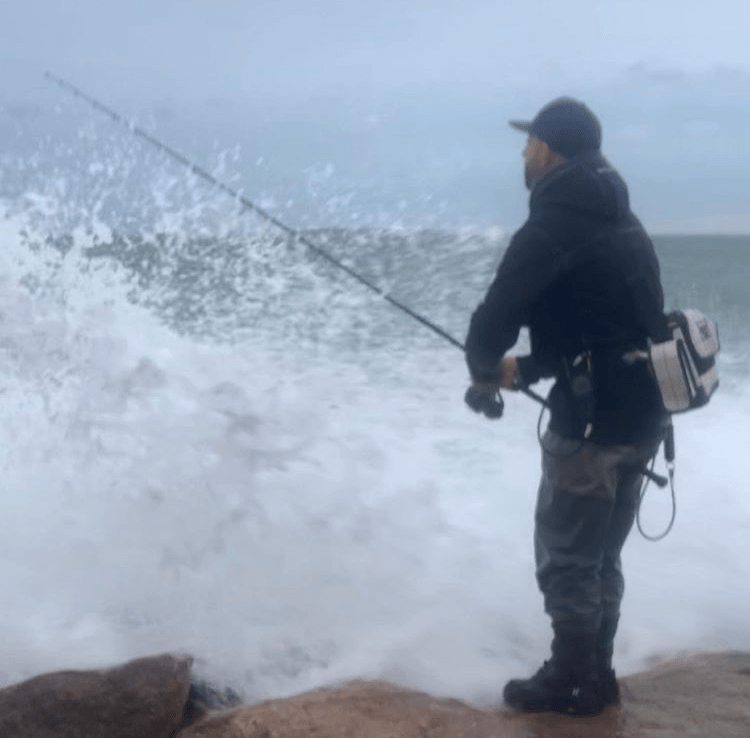

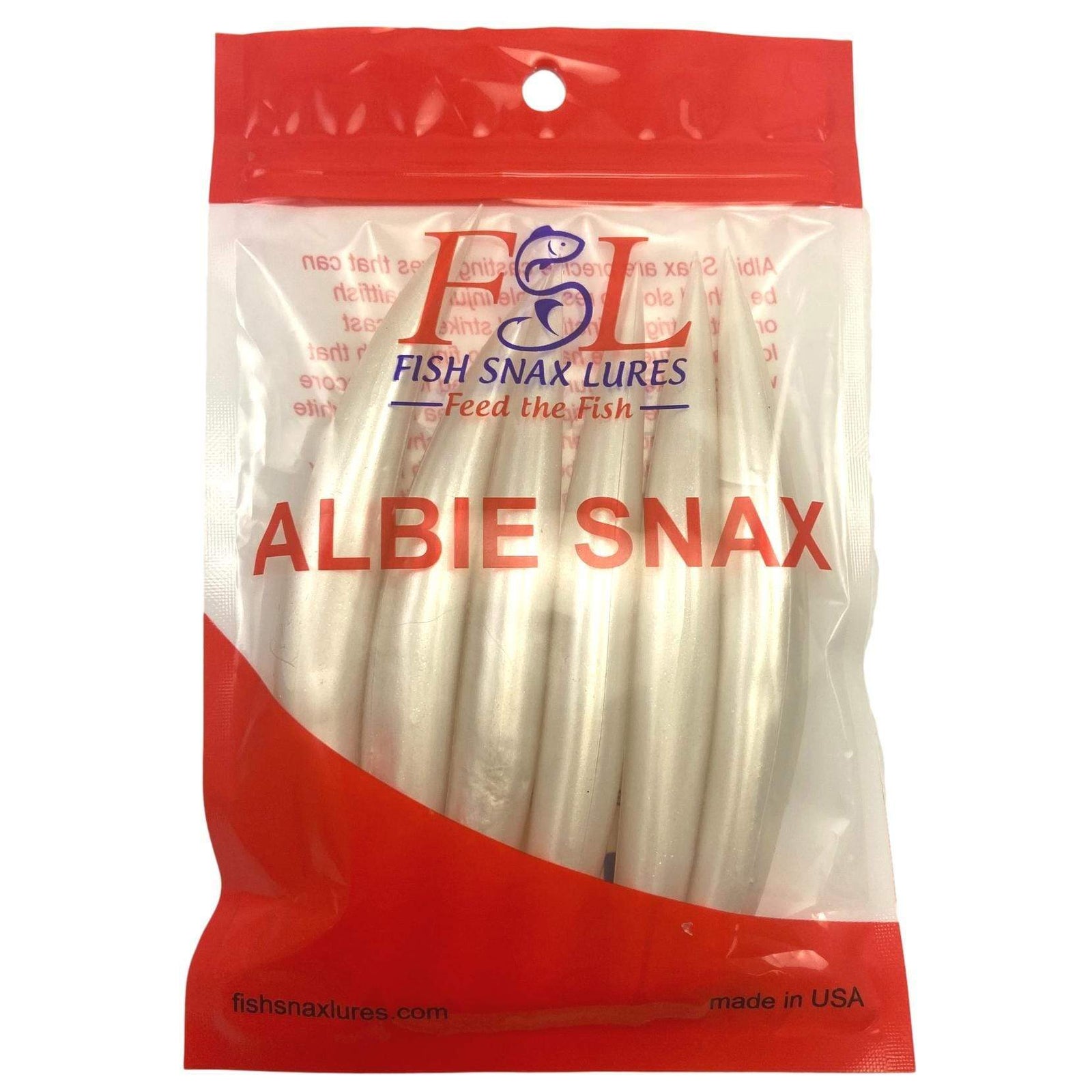

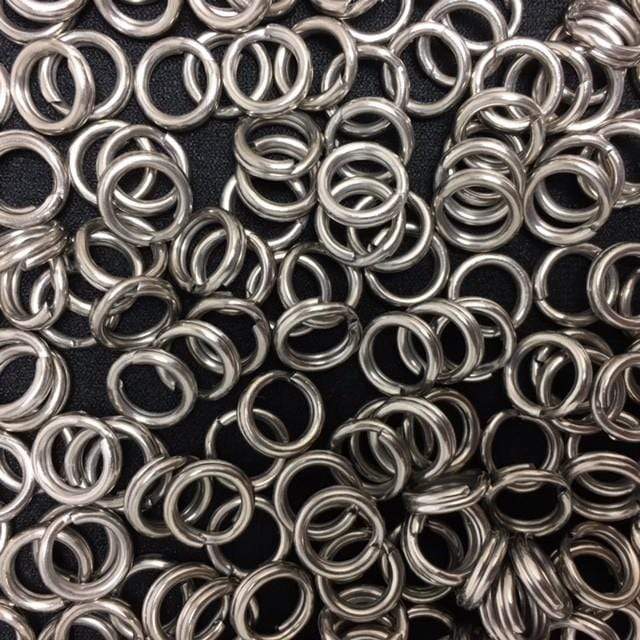
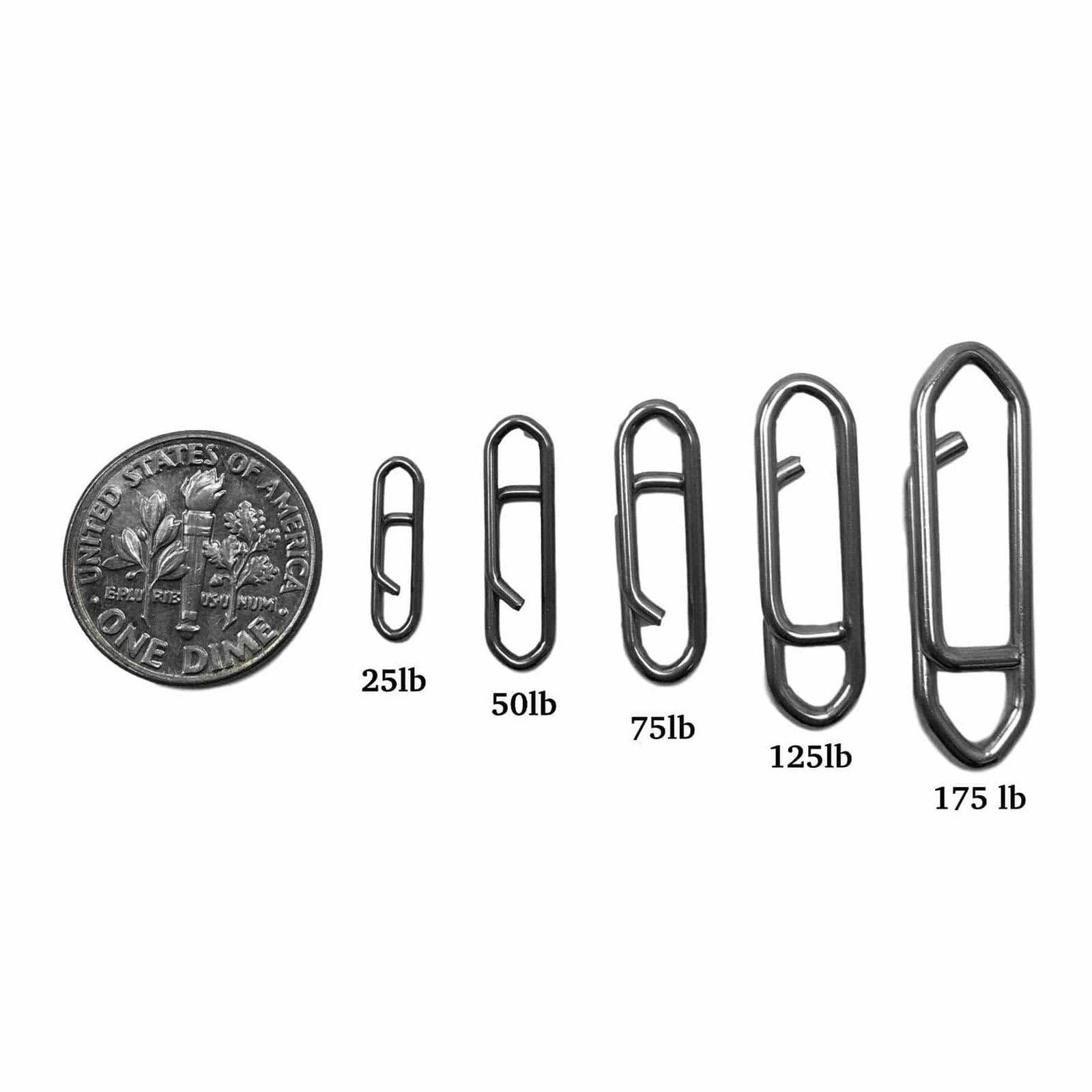


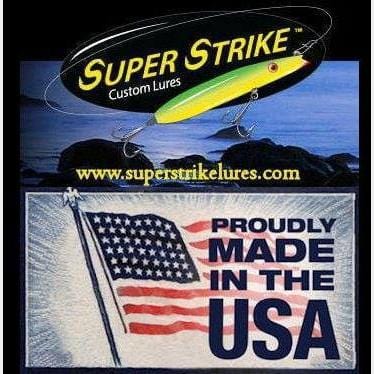

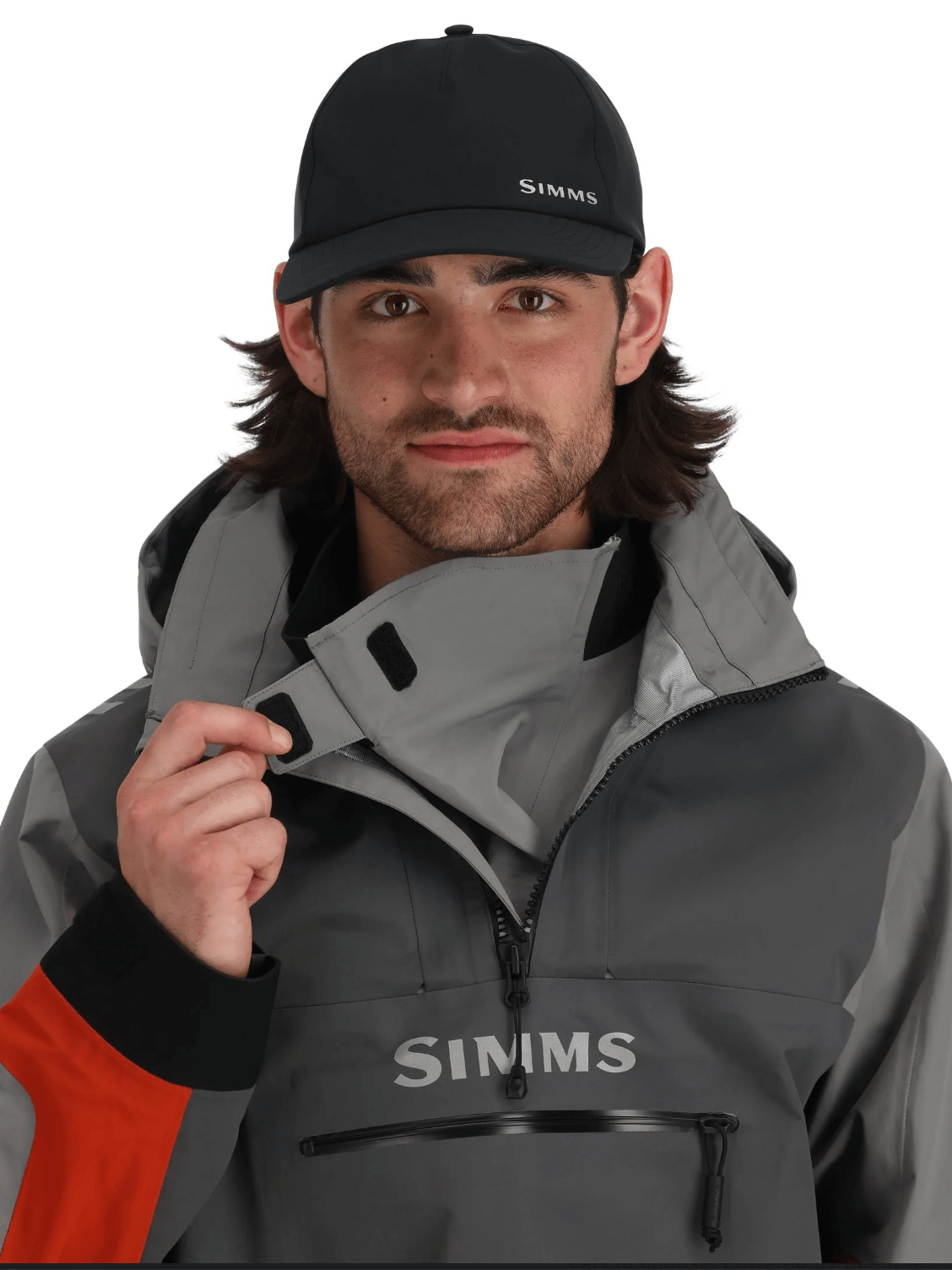

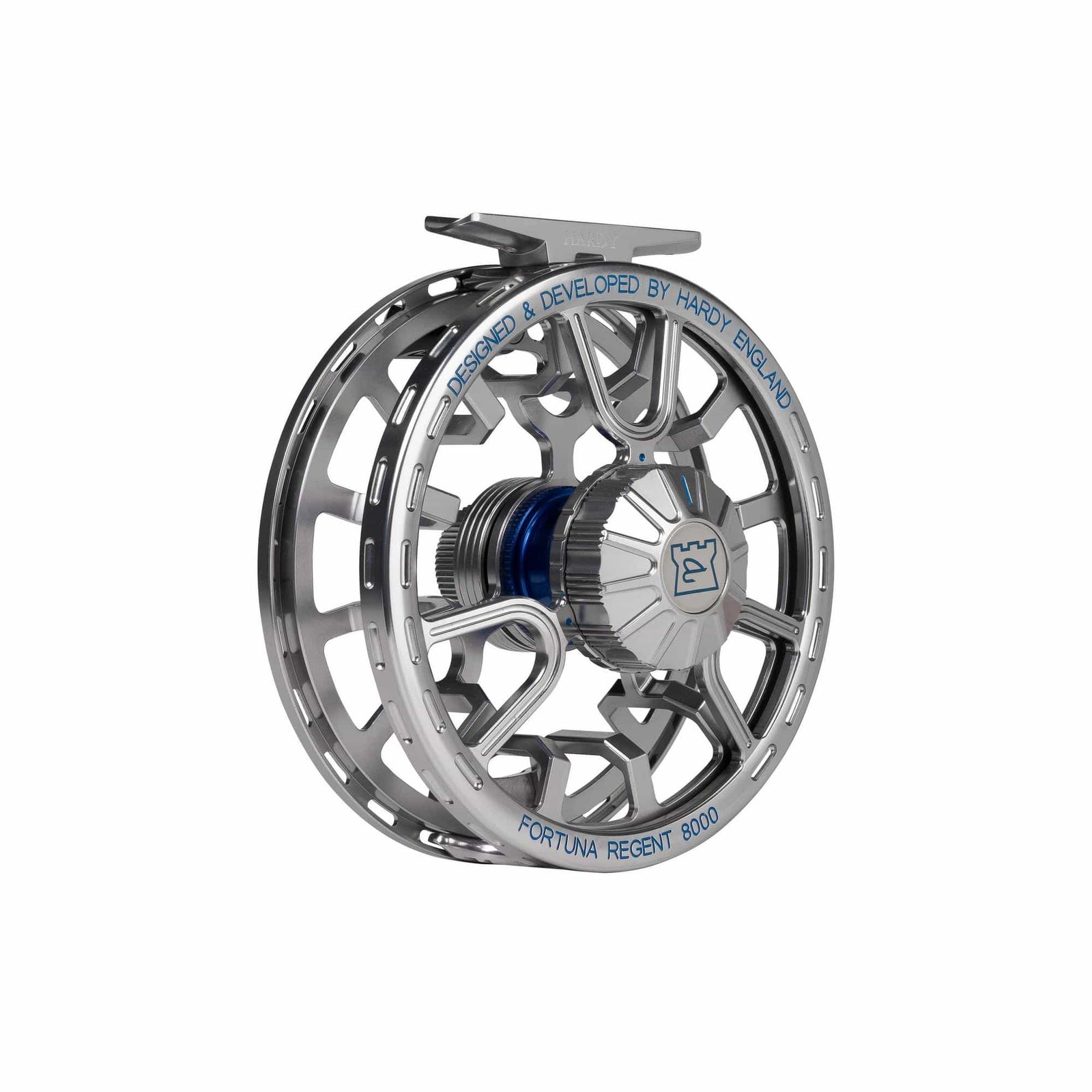
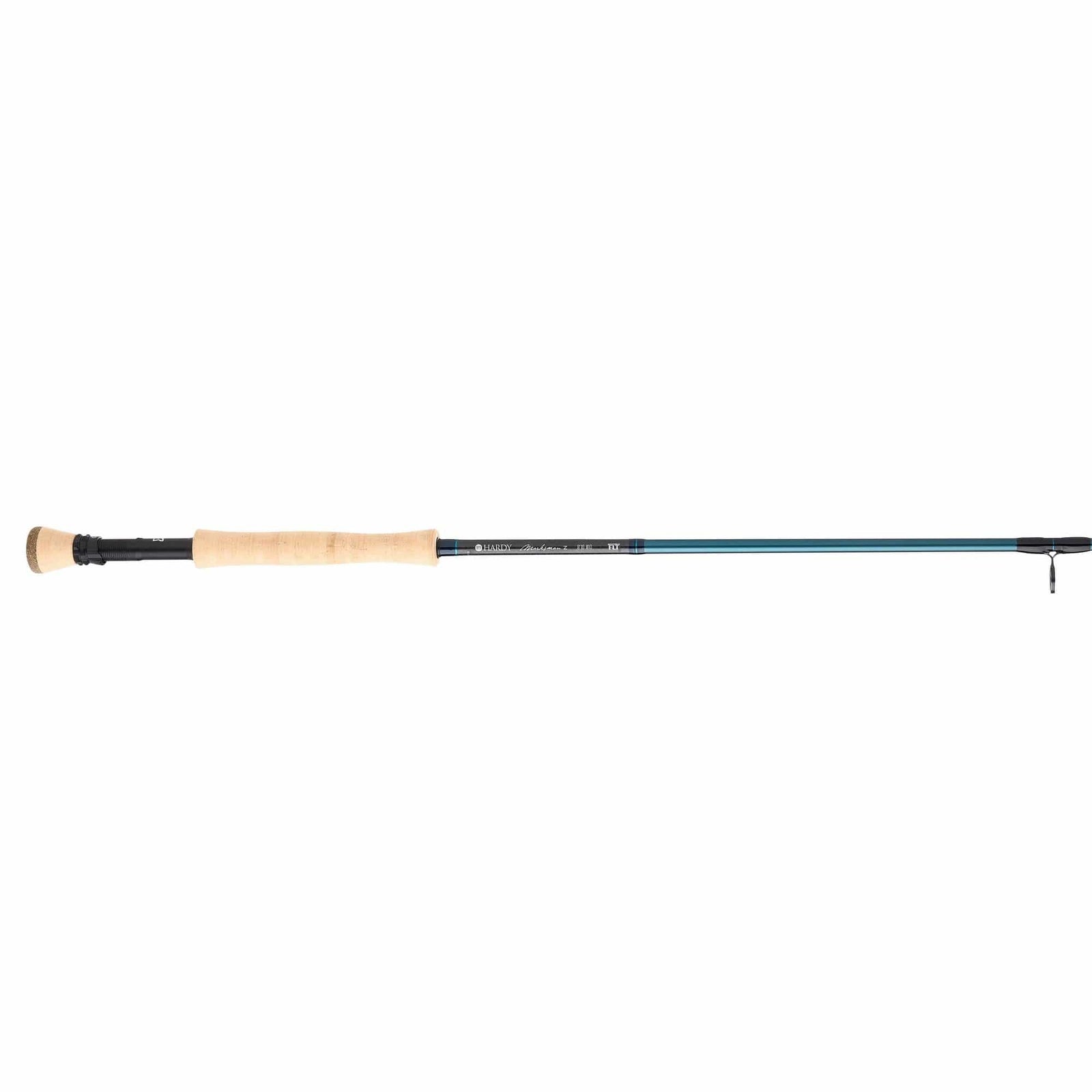

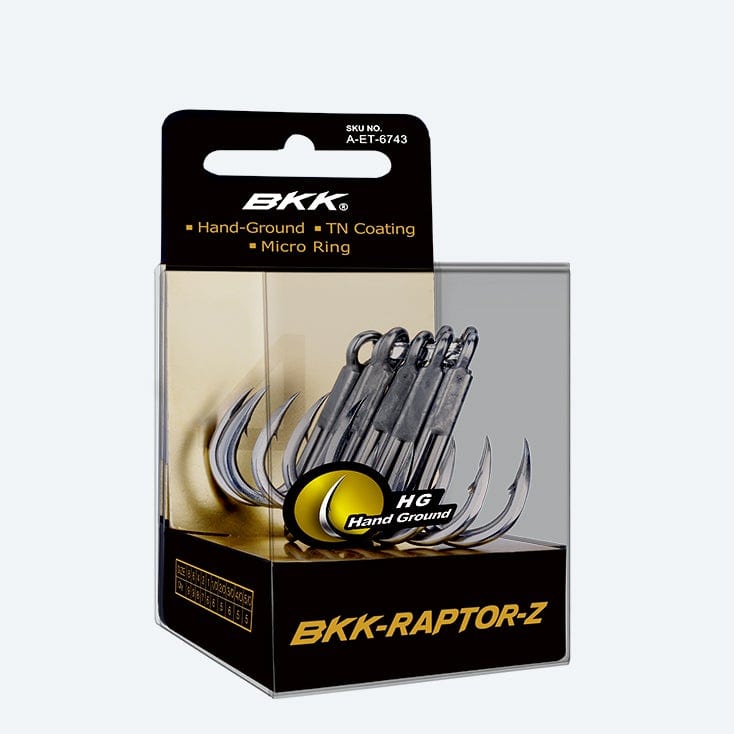
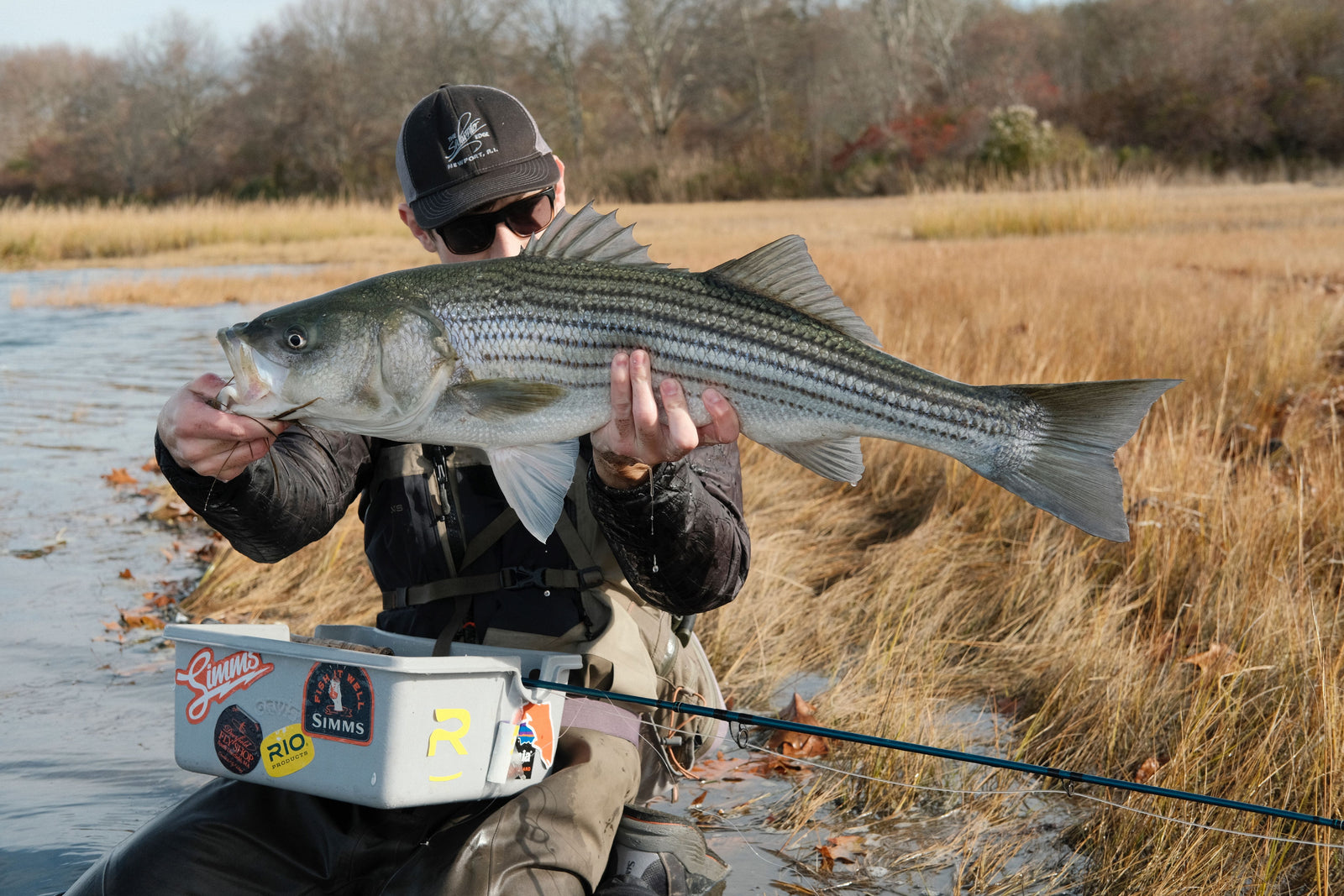
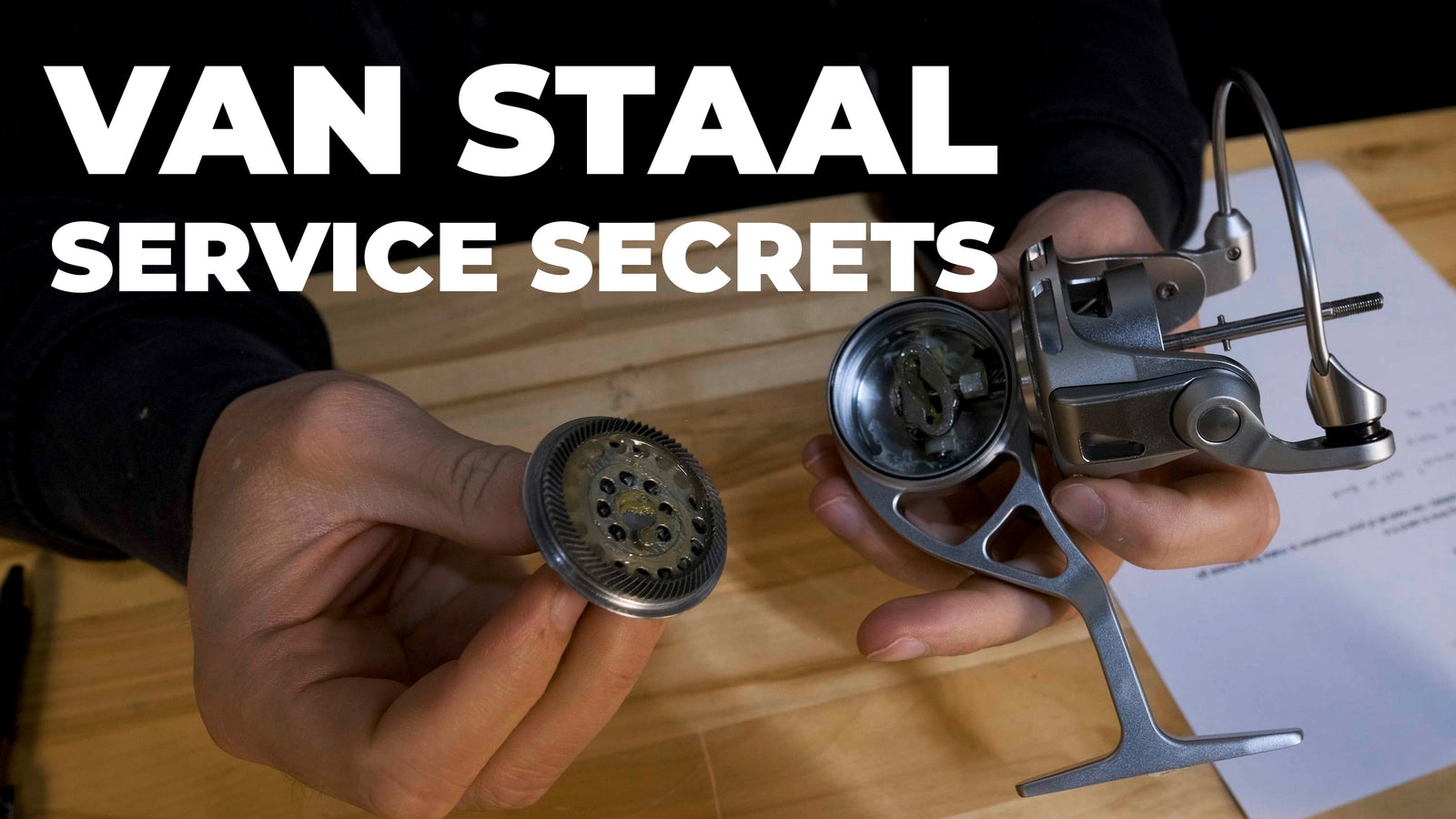


Lee Kihnke
septiembre 04, 2024
What about streamers